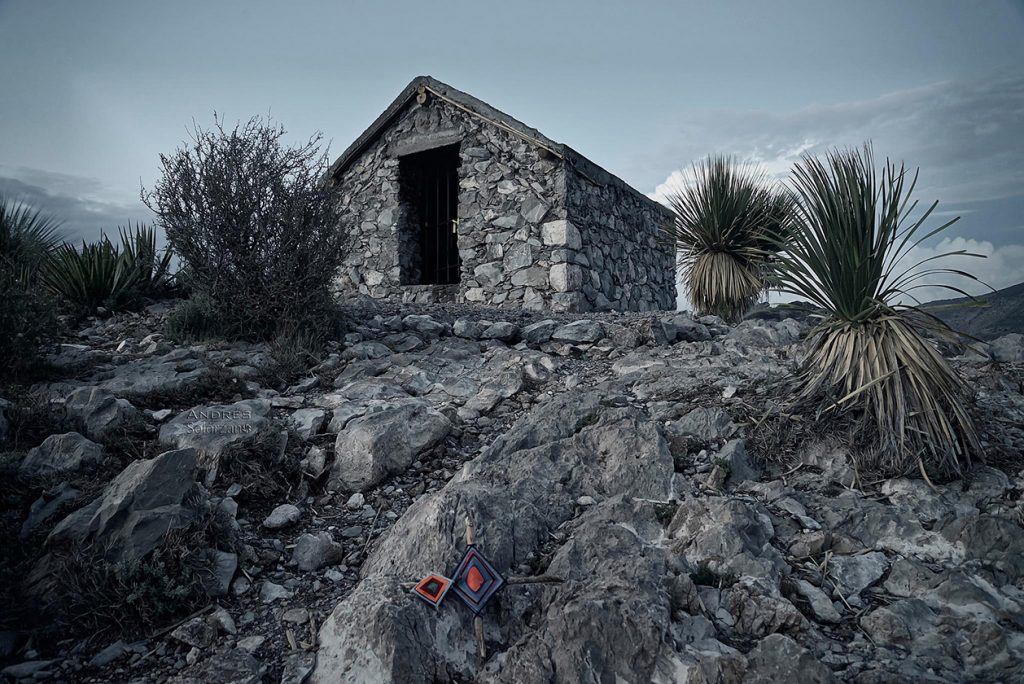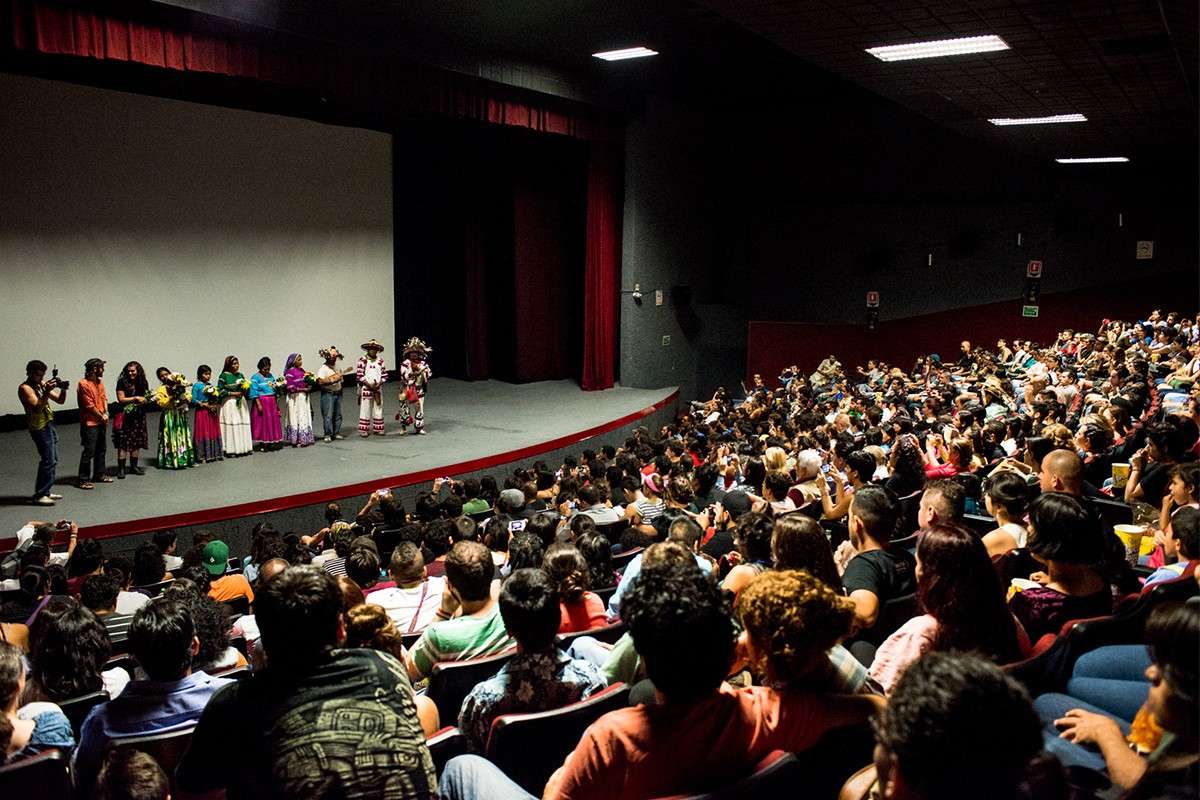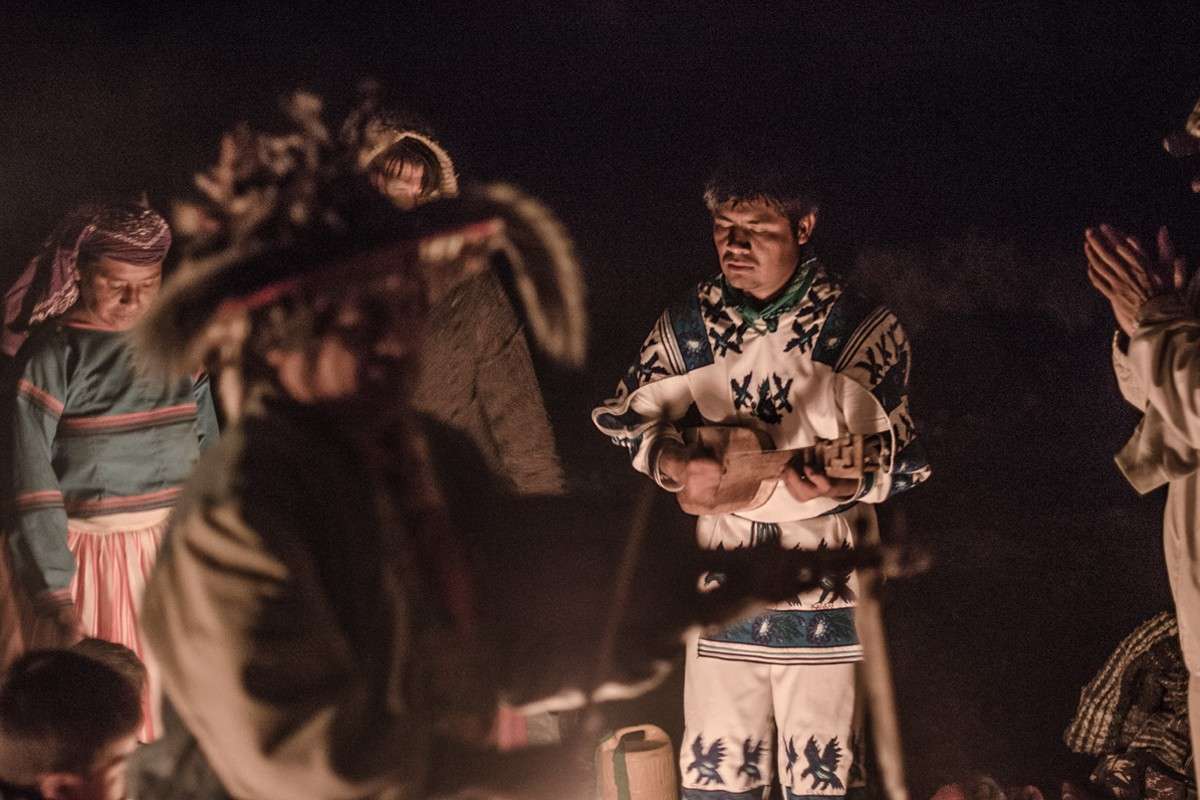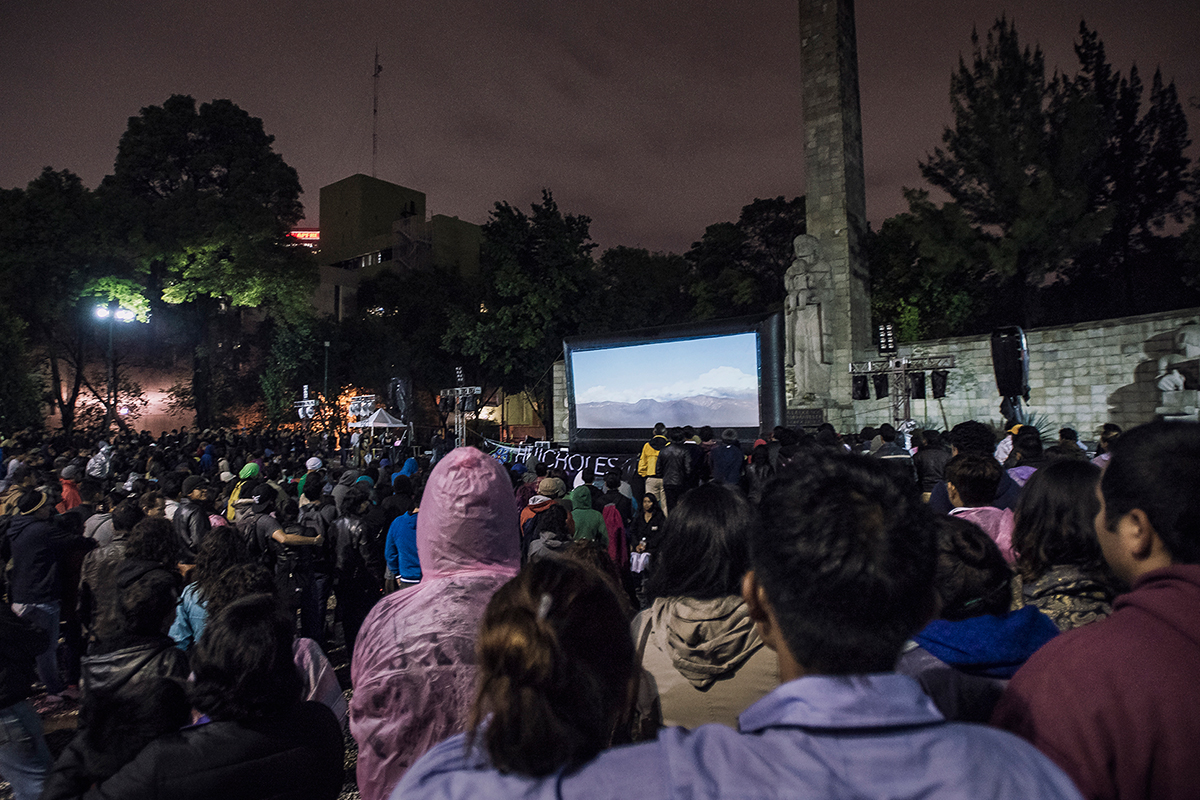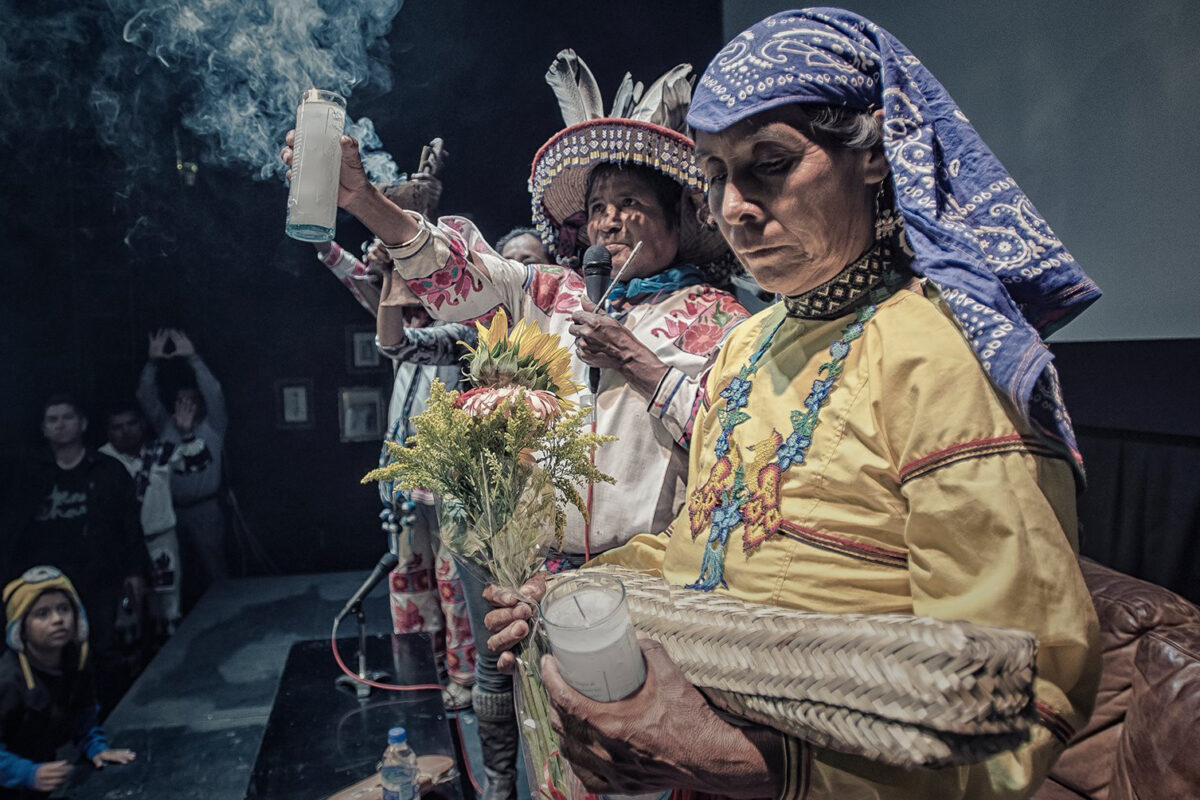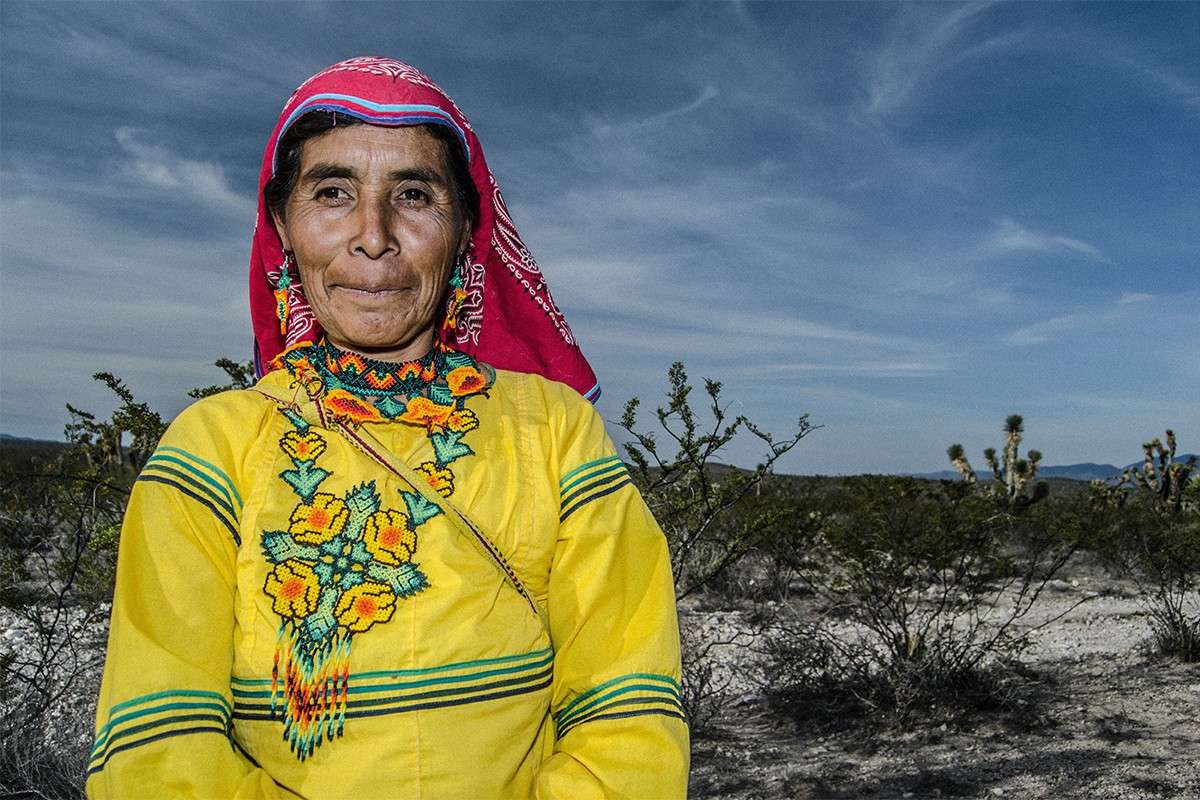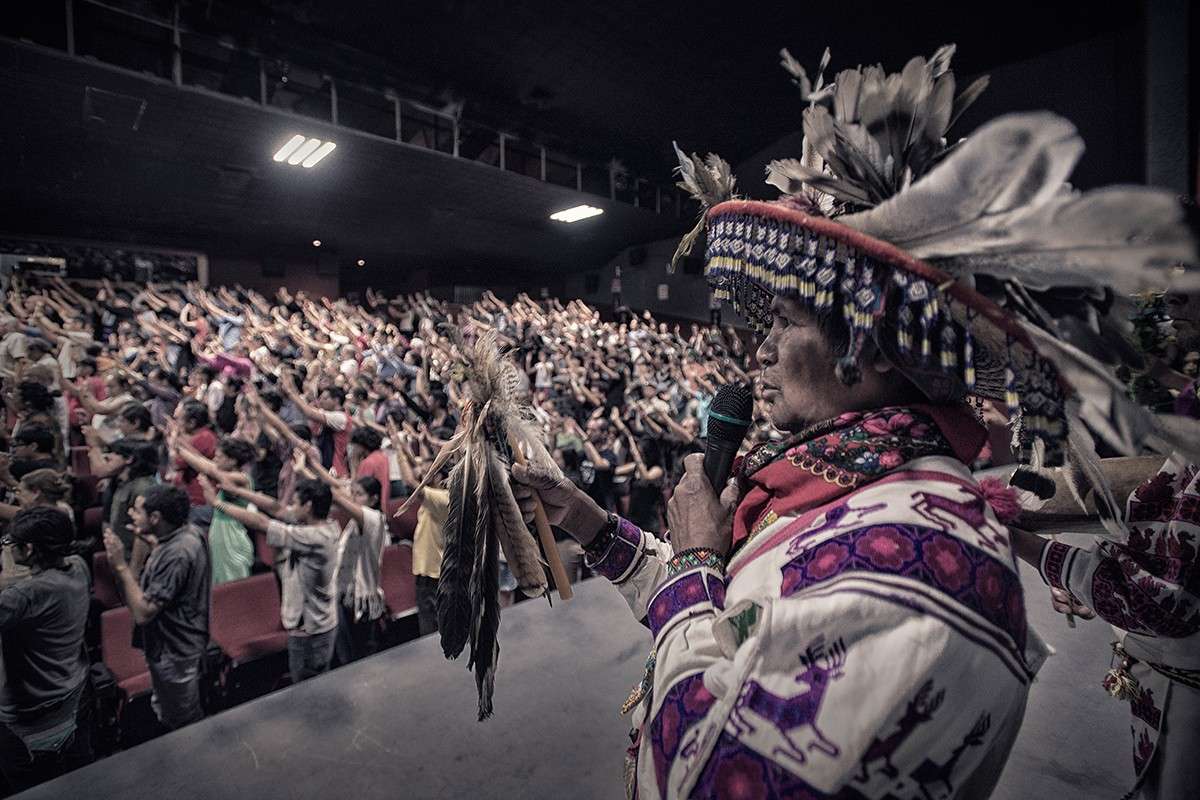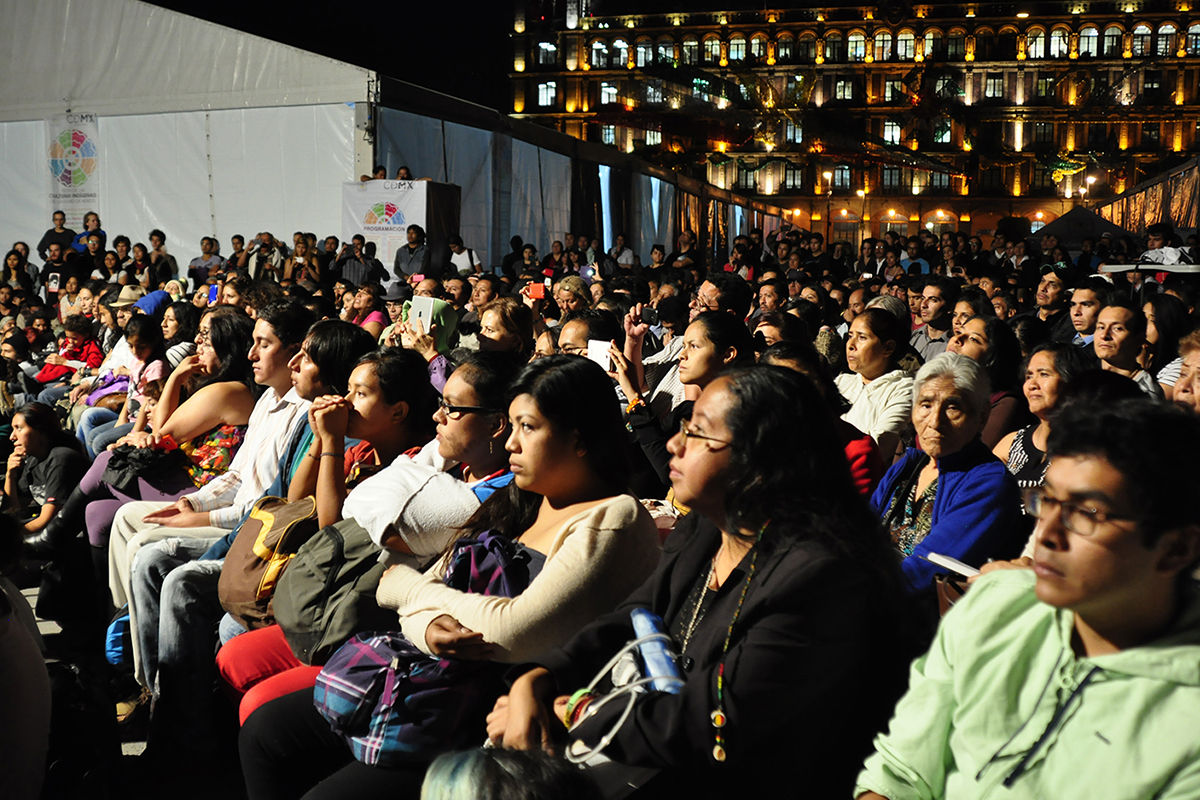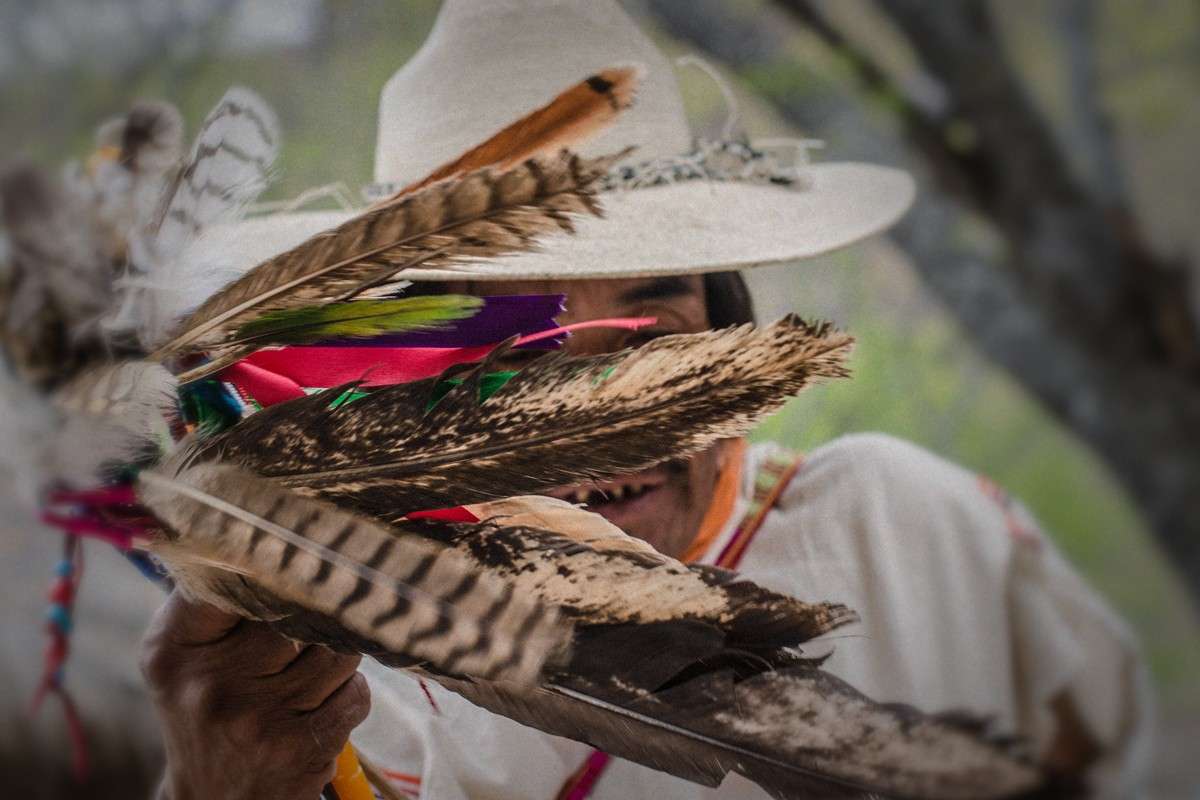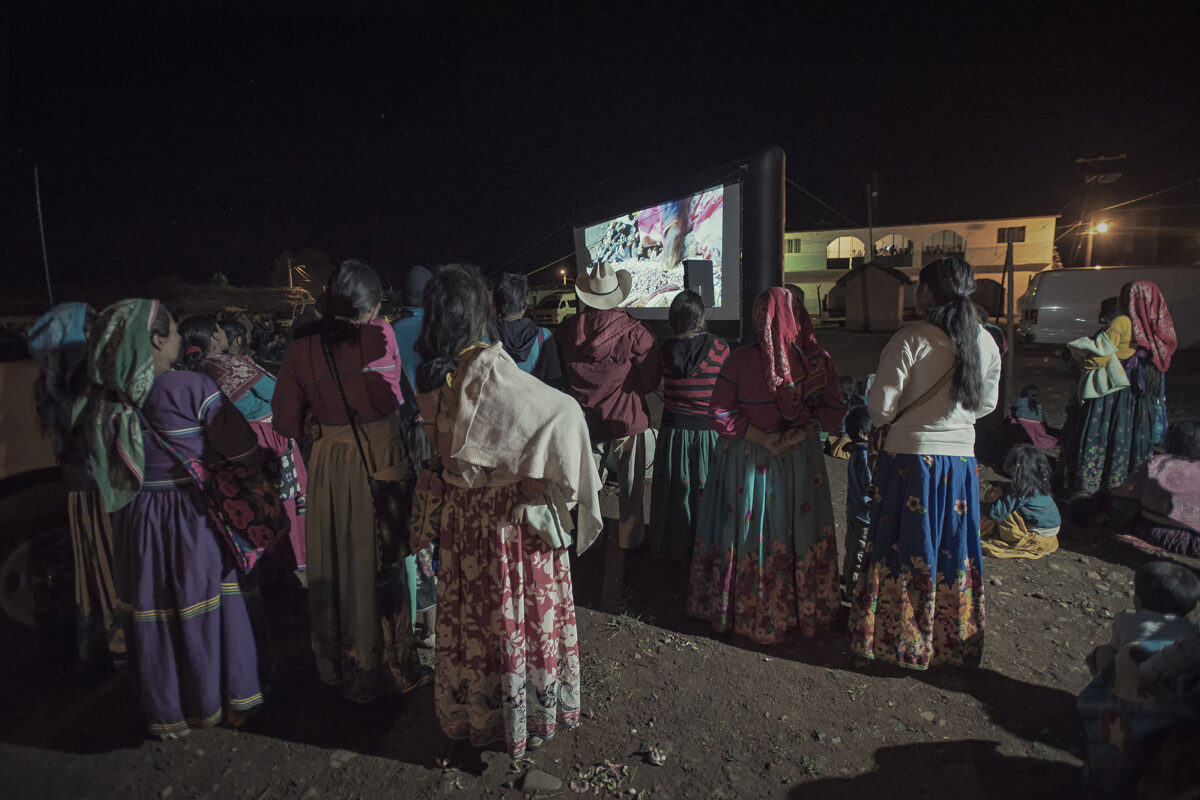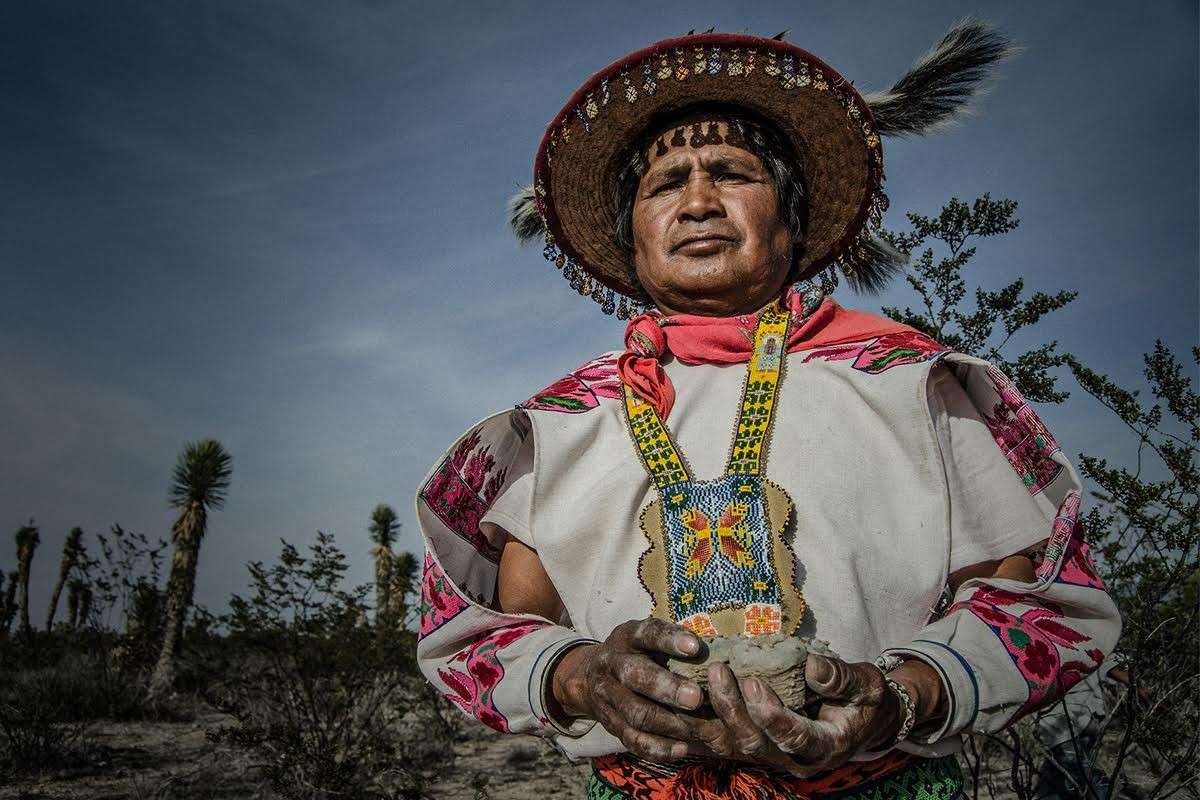
A brief history of México inspired by the film Huicholes: The Last Peyote Guardians
A brief history of México inspired by the film: Huicholes: The Last Peyote Guardians by Hernán Vilchez. Sergio C. Muñoz
Background text to support my radio broadcast interview with Hernán: Listen: http://intelatin.podbean.com/e/huicholes/
The film will be playing on November 19 at Fullerton College and is also available on video-on-demand through Vimeo: http://www.huicholesfilm.com
Some might say that the Mexican Revolution which began on November 20, 1910, ended on February 05, 1917 when the Mexican Constitution created radical change for Mexico in four ways:
- Ideology: It established a new set of goals and ideals to guide the nation’s life.
- Politics: It called for a new, less centralized, more democratic structure of national and local govt.
- Economics: It provided for a fairer distribution of the nation’s wealth and severe limitation of foreign ownership as well as agrarian and labor reform.
- Social Affairs: It insisted upon the separation of church and state, universal secular education and respect for the equal rights of the Indigenous peoples in relation to all Mexicans. Whether or not this came to be is questionable but while mainstream media will attempt to convince you that México is a third world country capable of nothing positive, I am going to focus on the intellectual precursors to the Mexican Revolution in San Luis Potosí.When Porfirio Díaz was the dictator of Mexico from 1877 to 1911, railroad building and industrialization were key to generating social change and wealth in Mexico. Don Porfi added 15,000 miles in a tremendous rail expansion program. This program was financed mostly by US but also British and French foreign capital. The goal was to extract silver, lead and copper from the mines dotted throughout San Luis Potosí. Just after 1890, US based Guggenheim mining interests extended the mining transportation exchanges from Tampico to Perth Amboy, New Jersey.
At around this time, don Porfi gave control of the entire rail grid of San Luis Potosí and surrounding states to US businesses led by the Guggenheims. During this time, a few, shrewd Mexican businessmen brokered the sale of the federal rail grid to the American investors at a handsome profit. By 1910 Guggenheim mining interest in Mexico accounted for 54 million dollars of wealth and receiving 77% of Mexico’s mineral exports.In Mexico, at the time, you had the haves and the have nots. Among the haves were the shrewd businessmen we just mentioned but just below them were others who began to get squeezed out of the money play. On top of the peasants who were experiencing economic frustrations, downward mobility and outright exploitation, there arose a political force and a major intellectual movement to fight against these elite families in developing states like San Luis Potosí.
This force was composed of the indigenous folks, peasants, small property holders, artisans, urban workers, miners, small businessmen and at times even industrialists and hacendados. In 1908, a credit crisis brought on by corruption and mismanagement in San Luis Potosí, as in most of México, was accompanied by a drought and food shortages. As all this was happening, don Porfis braintrust, known as the cientificos, began to advise don Porfi that things were spiraling out of control and that a significant social change was necessary. Don Porfi refused and so a new leader was sourced and that individual was Francisco Madero. Madero led a charge against don Porfi and was relatively successful until he was shot dead by military officers outside the gates of a federal prison in Mexico City at the age of 39. His assassin, with 99% certainty, was the man who became the provisional president at this time, the General Victoriano Huerta. Once on the throne, Mexico’s revolutionary forces lead by Emiliano Zapata, Pancho Villa, Venustiano Carranza and Alvaro Obregon united against the common enemy: Huerta. Now, we jump to modern day México. We stay in San Luis Potosí but we head to the north in a Pueblo Mágico named Real de Catorce. On the perimeter of Real de Catorce live the Wixárika (Huicholes) and their sacred territories that are supported by their sophisticated creation myths and cosmogonies. On the perimeter of these sacred lands which have been supposedly protected by the federal government, the authority of the area has created 22 mining concessions to a Canadian mining corporation named First Majestic.First Majestic, like the Guggenheims before them, are extracting volumes of mineral wealth out of Mexico but using Mexican labor. 89 Billion dollars worth of wealth over the last 22 years and in return, the Wixárika and the impoverished mestizo population believe that they are left with a horrific environmental catastrophe and a baseless, non-diversified economy.
Spiritually, it is a problematic relationship as well because the environmental catastrophe has led to drought and the pueblo thrives on rain for the well-being of the cosecha which leads to the well-being of the children: Sanos. Contentos. Integrados. The Wixárika remain in struggle and through their petitions to madre lluvia, abuelo fuego and hermano mayor venado with caldo de becerro, sangre y chocolate, they roam the biodiversity of the desert with huaraches bendecidos in search of peyote which provides them with their ancestral DNA, their harmony and their understanding of life.
The history written above is edited by Sergio C. Muñoz from James Cockcroft’s Intellectual Precursors of the Mexican Revolution. I have also used elements from Gobernantes de Mexico by Juana Vázquez Gómez.
